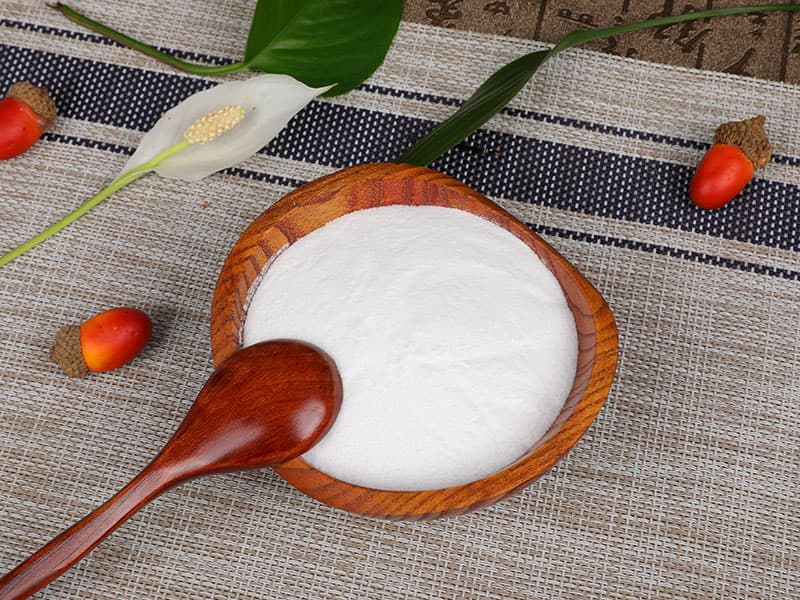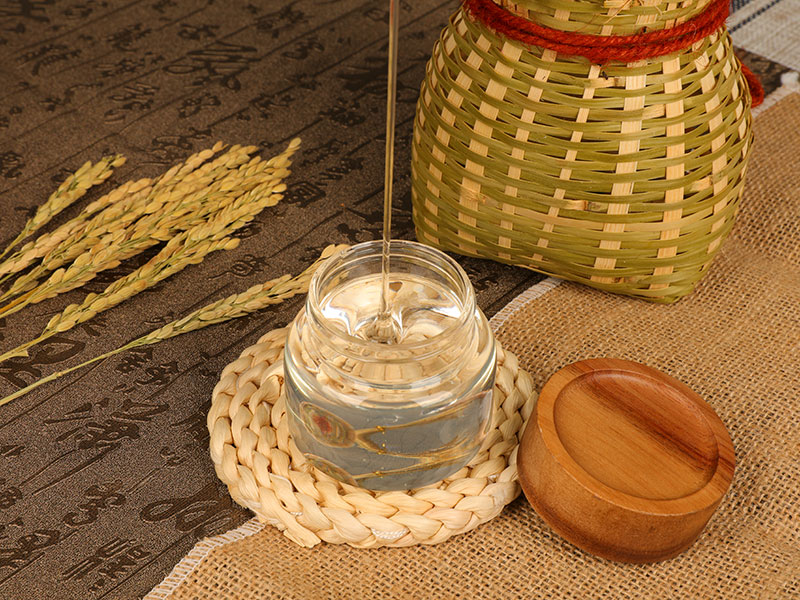As a major rice producer in the world, China has provided a new growth point for China's agricultural economy through deep processing and comprehensive utilization of rice while the rice planting industry is booming. In rice processing, only starch is often used, and a large amount of high-quality rice protein contained in by-products such as broken rice, rice germ, rice bran, and rice husk has not been effectively developed and utilized, resulting in a significant waste of protein resources. With the continuous progress of food science and technology, the high nutritional and hypoallergenic properties of rice protein powder have gradually been recognized. Developing processed materials as food or nutritional and health products has become a major trend.
1. Food Additives
Food additive is an additive that can improve the quality, color, aroma, and taste of food. Appropriate molecular size and amino acid composition will endow proteins with certain physical and chemical properties, such as solubility, foaming, emulsifying, and so on. Rice protein is more easily soluble in water and concentrated at the gas-liquid interface in a hydrophobic, flexible, and disordered structure, exhibiting foaming and emulsification. Wu Yujing obtained protein foaming powder with high protein content and good foaming performance from rice dregs through a series of processes such as sugar removal, neutral protease enzymatic modification, decolorization, and drying. In addition to enzymatic hydrolysis, chemical modifications can also be used to improve the properties of rice protein. For example, adding Na2SO3 or SDS can remove the aggregation state of protein molecules and exhibit colloidal properties.
2. Protein supplements
Rice protein has become the preferred plant protein for special populations due to its low allergenicity and high nutrition. Rice protein formula Rice noodles can be used to treat infant diarrhea; Gluten free rice protein is more suitable for people with wheat intolerance, allergies, or abdominal diseases; When normal protein intake decreases or digestive function is impaired, concentrated rice protein can better supplement body capacity and maintain nitrogen balance; It can also help treat peptic ulcers, wounds, etc.
3. Functional peptide development
Modern research shows that amino acid residues in small molecular peptides are more easily digested and absorbed by the human body than free amino acids. Amino acids in the form of small peptides can not only avoid transportation competition, but also reduce the side effects of high concentrations of amino acids. Peptide transport systems consume less energy and are not easily saturated, making the study of hydrolyzing protein products to obtain active peptides popular. Active peptides in rice protein isolates can affect the expression of cyp4a and cyp2c, thereby improving the metabolism of arachidonic acid as an antihypertensive component. In addition, it can also inhibit atherosclerosis in mice with hereditary hypercholesterolemia and reduce the incidence rate. Rice protein hydrolysates contain a variety of small molecular peptides with multiple functions. Such as antibacterial active peptides, cholesterol lowering active peptides, antihypertensive active peptides, anti-tumor active peptides, antioxidant active peptides, etc.
4. Protein feed
Rice protein powder is a by-product of the preparation of starch sugar from rice. It is an excellent feed material with high protein content, fast energy conversion, high digestibility, good palatability, good disease resistance, low antigenicity, and good amino acid balance. Adding rice gluten concentrate to aquatic feed can not only improve the digestion rate of fish, but also control their excretion, thereby maintaining the clarity of water and controlling water pollution. Rice protein hydrolysis can produce flavor peptides instead of sodium glutamate (MSG), which can effectively mask bitterness, improve feed viscosity, improve feed palatability, and chelate trace elements and minerals, which can ensure safety and harmlessness while increasing animal intake.
5. Edible film
Rice edible protein film is made from broken rice, a by-product of the rice milling industry. It is a green packaging film with good freshness, gas resistance, oil resistance, and moisture resistance, promoting the development of edible packaging film materials, and opening up a new way for renewable agriculture. The study on the formation conditions of rice protein film shows that under a constant temperature of 4 ℃, rice protein can be dissolved in 80% ethanol to form an edible film with a certain strength on a smooth stainless steel plate. Adding oleic acid and glycerol can improve the transparency and tensile strength of the film.


 English
English 中文简体
中文简体





